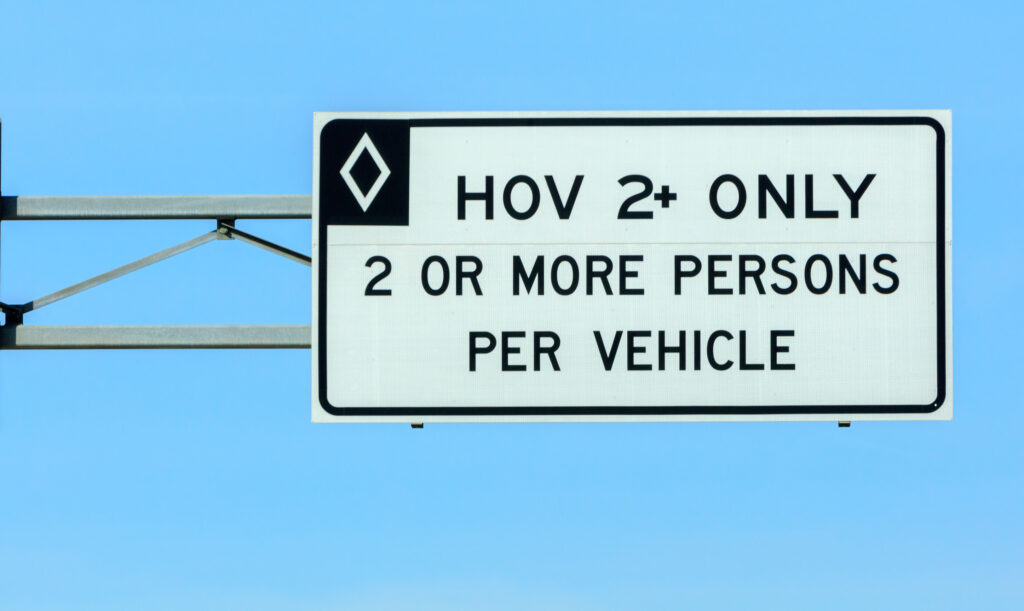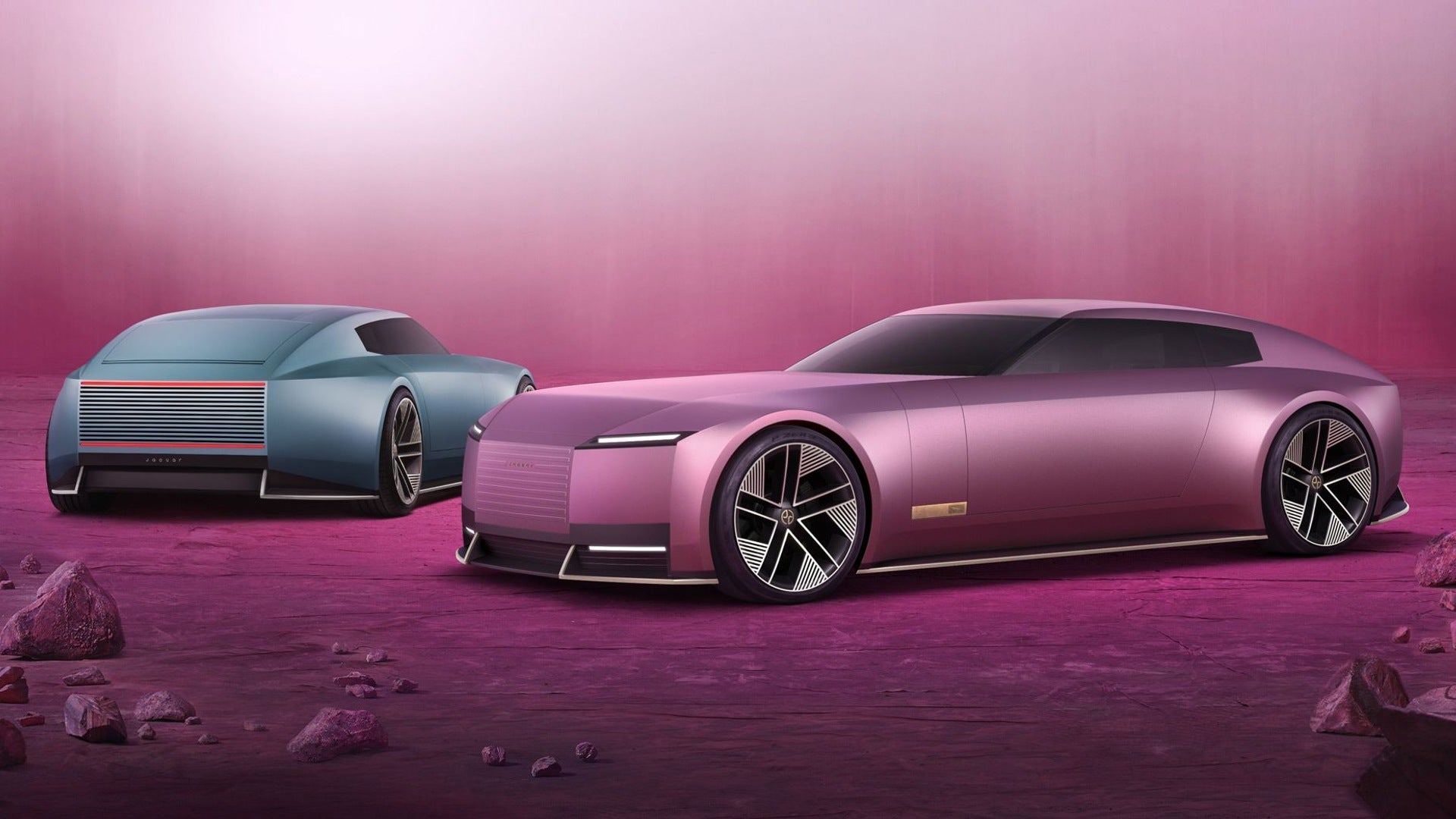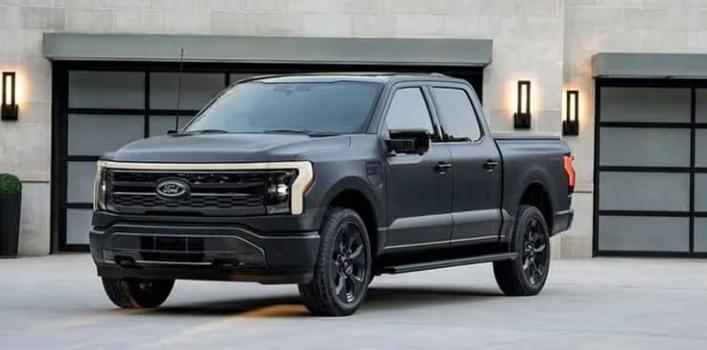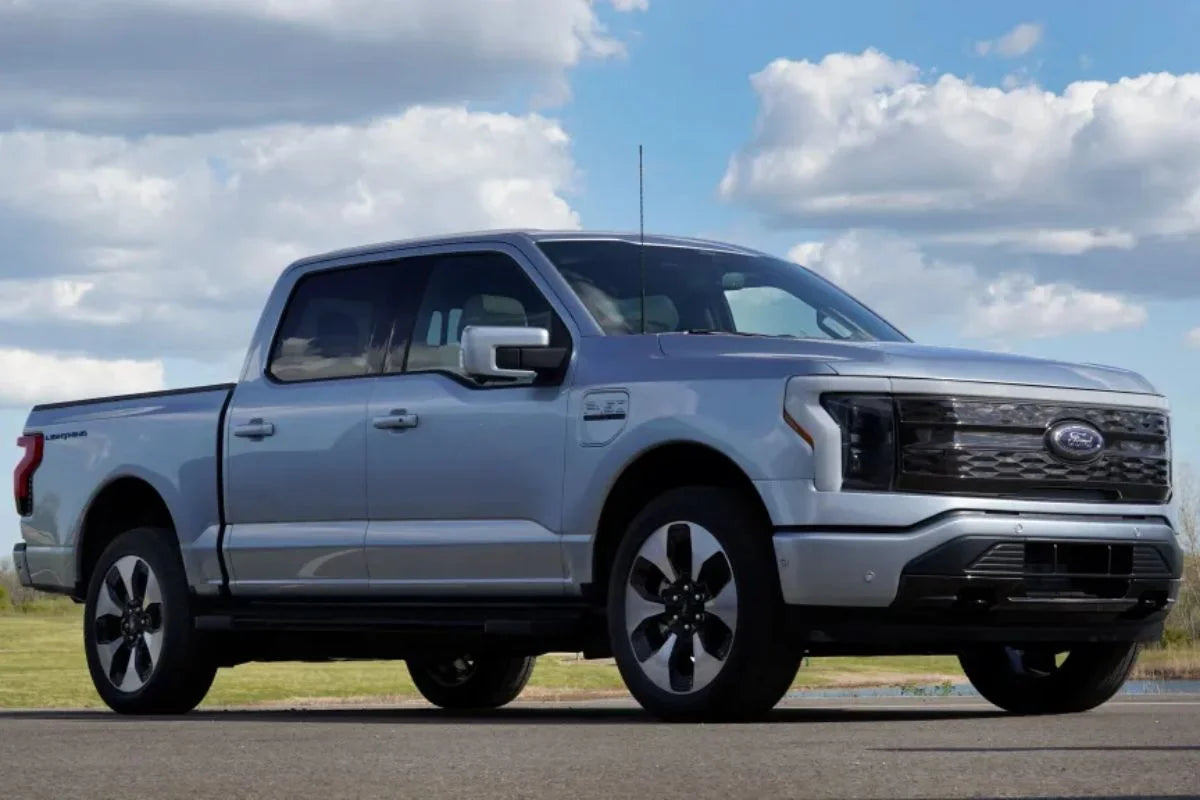California’s quarter-century-long initiative allowing eligible clean-air vehicles to use carpool lanes with just one occupant is officially coming to an end. But EV drivers will get a little more time: thanks to a state law, the decals will remain valid under a two-month grace period starting October 1.

The End of the Decals
The state’s Clean Air Vehicle (CAV) decal program was originally set to expire on Sept. 30, after the Trump administration declined to authorize an extension. Under Section 166 of Title 23 of the U.S. Code, federal legislation is required for states to grant single-occupant vehicles carpool access. No such federal action has been taken, effectively terminating the program.
The California Air Resources Board (CARB) acknowledged that federal approval has historically allowed the program to continue, but that the current administration chose not to act. “California has historically received this authority through different federal transportation bills, but the federal government reserves the right to disallow programs that impact the intended purpose of HOV lanes,” CARB explained.
A Two-Month Transition Period
While decals technically expire at the end of September, the California Highway Patrol (CHP) confirmed that drivers will have a 60-day transition period beginning Oct. 1, during which vehicles with a valid decal will not be cited for driving alone in the carpool lane. After Nov. 30, however, solo drivers in HOV lanes will be subject to citations.
The Department of Motor Vehicles (DMV) has already stopped accepting new applications as of Aug. 29, and over 1 million decals have been issued since the current program began on Jan. 1, 2019. The DMV says it will notify affected drivers directly by email, and notices will also be posted in field offices, on its website, and across social media.
California’s Leadership in Clean Transportation
California was the first state to implement an HOV decal initiative, dating back to Assembly Bill 71 in 2000. The decals allowed certain low-emission and zero-emission vehicles to bypass traffic by using carpool lanes solo, providing a strong incentive to adopt cleaner cars. Over time, color-coded decals were introduced to track expiration dates and eligibility.
The program has been widely viewed as a key tool in California’s clean transportation strategy. CARB Chair Liane Randolph noted: “This program played a critical role in the push for more clean and zero-emission vehicles on California roads. But thanks to the federal government’s failure to act, this successful program is coming to an end.”
Political and Environmental Context
The rollback comes amid broader efforts by the Trump administration to ease environmental restrictions. In recent months, the president signed a resolution blocking California’s rule banning new gas-powered car sales by 2035, and his “One Big Beautiful Bill” eliminated the $7,500 federal EV tax credit after Sept. 30.
California leaders have pushed back. Attorney General Rob Bonta has filed lawsuits against what he called “politically motivated and illegal attacks” on the state’s authority. Meanwhile, Governor Gavin Newsom signed an executive order in June reinforcing California’s commitment to zero-emission technologies and directing state agencies to expand clean transportation options.

What’s Next for EV Drivers
The last day to legally apply for a decal was Aug. 29, and the last official day of validity is Sept. 30. But with the 60-day grace period, California EV drivers still have until the end of November before citations begin.
“Californians are committed to lowering their carbon footprint, and these decals helped drivers be good stewards of our highways and environment,” DMV Director Steve Gordon said. “By taking away this program, hundreds of thousands of California drivers will pay the price. It’s a lose-lose, and we urge the federal government to retain this program.”
CARB has said it is exploring opportunities to reinstate HOV lane access for zero-emission vehicles, though no immediate replacement has been confirmed.
For now, EV drivers should prepare for the transition: come December 1, 2025, vehicles must meet posted occupancy requirements or pay required tolls to use carpool lanes — or risk a citation.
Recommend Reading: California Launches $55M Statewide Program to Fund Public EV Fast Chargers








Share:
CATL’s Shenxing Pro Battery Promises 600,000-Mile Life and 10-Minute Charges
Canada May Drop Tariffs on Chinese EVs to Aid Farmers and Boost Sales
4 comments
I forgot to say, our politicians need to stop wasting our taxpayer money on stupid programs such as the EV HOV stickers and incentives. The government should not give money out to encourage people to do the right thing.
If you are an environmental head and you go out of your way to do your part in cleaning the environment, then tour reward should be feeling good about yourself, not getting a check or het a free pass to the carpool lane.
It’s like giving a treat to a dog for being a food dog and learning a new trick.
Nooooo! We are all adults and should do things because they are the right thing to do, not because of lousy intensives.
If we are going to reward good behavior, then we might as well have programs that give out money to convicted criminals for not committing crimes. You know, a little gift, a nice treat, a good citizen “incentive” for not committing crimes.
I am perfectly fine with this. At one point it was OK because there were very few EV’s, but joe they are clogging the carpool lane for everyone else. At the same time, if they are going to ban single driver driving in carpool lanes for EV’s, then they need to get tough on violators. I see a large number of people driving solo in the carpool lanes and almost never see anyone get pull over. Not only is there a lot of people driving solo, but they go in and out the carpool lanes crossing over the double lines as if they owned the road.
Well, there’s a lot of things Gov Newsom should do and this being a big issue with the quality of California’s air, it should be extended or the HOV used with the transmitter.
The “Clean Air Vehicle Program” is ment to encourage a responsible movement to keep our air as clean as possible. Myself and many others expect Governor Newsom to reenact this program. This is just one of many programs that should stay active to protect the our health and the health of our children.